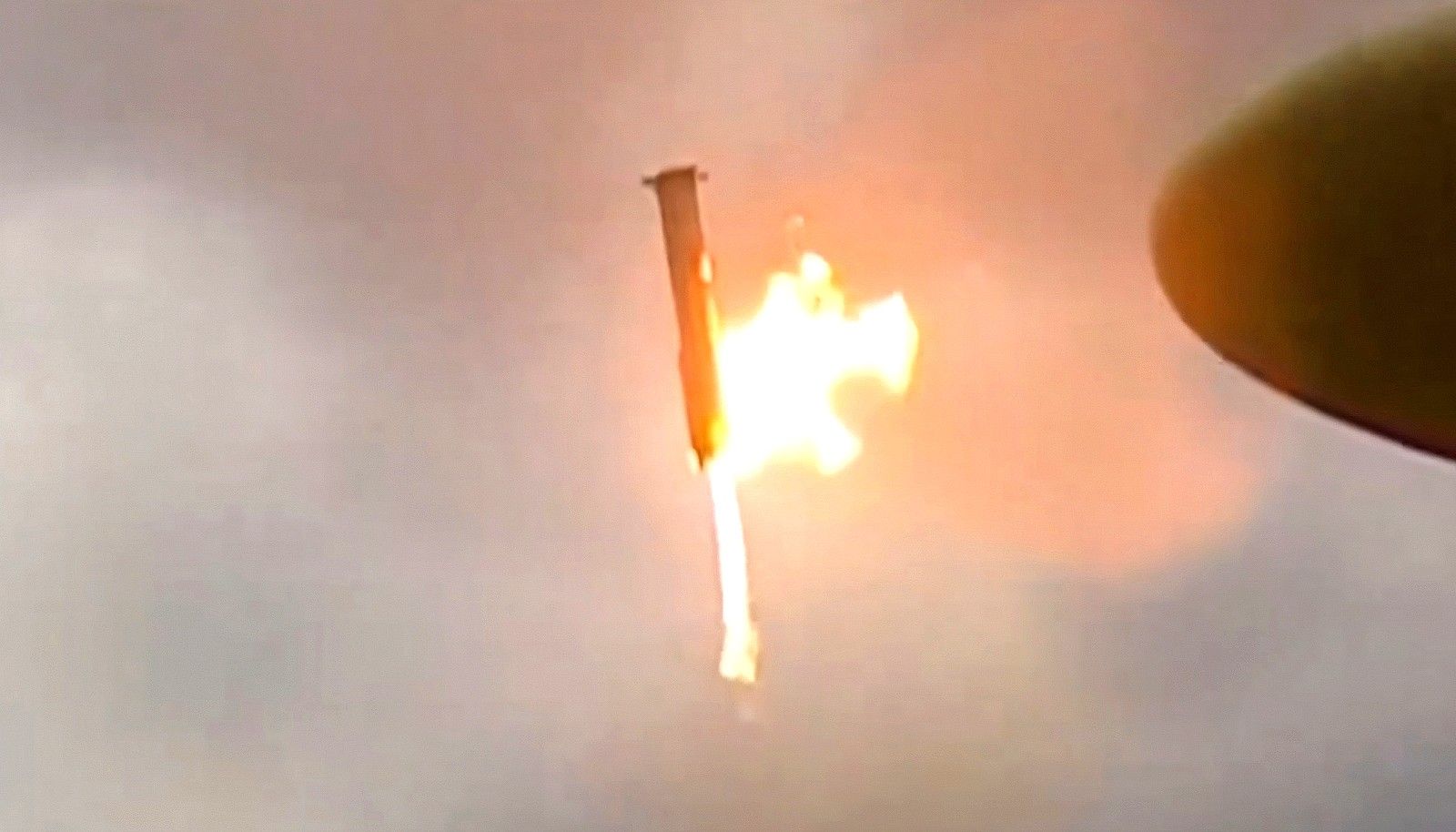Follow us on Google News (click on ☆)

The fourth test flight of the Starship Super Heavy had specific objectives: to test the booster's ability to return and splashdown smoothly, and to validate the improvements made to the Raptor engines. This test is crucial for the continuation of the Starship program, aiming to make space flights fully reusable and less costly.
The Super Heavy booster is a technological marvel with its 33 Raptor engines, making it the most powerful in the world. Compared to the Falcon 9, also developed by SpaceX, the Super Heavy presents additional challenges due to its high number of engines, but it promises unmatched power for future space missions.
The recently shared footage shows the booster gracefully gliding toward the ocean. The ignition of the engines, crucial for controlling the speed and ensuring a precise landing, was a defining moment of this sequence. This complex maneuver illustrates the progress made by SpaceX in the technology of returning and reusing its rockets.
Despite a fire on the side of the booster during engine ignition, the system demonstrated its capabilities. The vehicle managed to stabilize and splashdown smoothly, proving the efficiency of the technical improvements made by SpaceX.
Elon Musk, founder of SpaceX, shared future prospects. He stated that the next test flight aims to recover the booster with the launch tower's arms. This new step, if successful, will mark a turning point in rocket reusability. Preparations for the fifth flight are underway.
Super Heavy booster: features and stakes
SpaceX's Super Heavy Booster is the first stage of the Starship launch system, intended to send heavy payloads, including human crews, into space. With its 33 Raptor engines, the Super Heavy is the most powerful launch vehicle ever built. Its design aims to enable quick and efficient reuse, thus reducing the costs of space missions.
Measuring about 230 feet tall (70 meters) and weighing 7.5 million pounds (3400 tonnes) at liftoff, the Super Heavy carries a massive amount of fuel to power its engines. These engines run on methane and liquid oxygen, a combination chosen for its efficiency and ease of production on Mars, one of SpaceX's future mission targets.
The booster is designed to be recovered after each flight. This process involves complex maneuvers. During testing, SpaceX has had to overcome several technical challenges related to the synchronization and performance of the engines.
The ultimate goal is to capture the booster with the launch tower's arms, a bold innovation that, if successful, will allow even faster turnaround between launches. This technology is crucial for SpaceX's plans to establish a permanent human presence on Mars and to launch regular missions to the Moon.